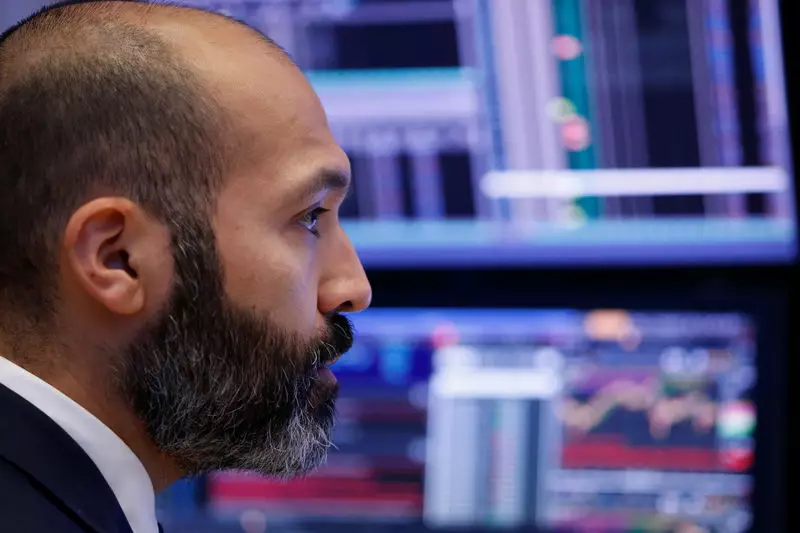The financial markets are often characterized by their unpredictability, particularly as we approach year-end. In recent commentary from UBS, analysts have underscored the possibility of a seasonal rally in U.S. equities amid a complex backdrop of political and economic dynamics. This article delves into these factors and evaluates the realistic expectations for market performance in the final months of the year.
The year-end rally that many investors are hopeful for appears to hinge substantially on the upcoming U.S. election results. Traditionally, November and December have been prosperous months for the S&P 500. However, UBS highlights that a key operative this year is the uncertainty surrounding the election outcome. Political clarity and reduced volatility are crucial, as illustrated by Jason Draho, Head of Asset Allocation at UBS. Both scenarios—a “red sweep” and a divided government—carry implications that could inspire renewed investor confidence. If the election resolves without extended contention, the market might experience less volatility, thereby encouraging increased risk-taking behavior among investors.
Compounding this situation is the current economic landscape, which presents several encouraging signs. Recent data has indicated robust job growth even in the face of adverse conditions such as natural disasters and labor disruptions. This resilience is a positive marker suggesting that the U.S. economy may be on track for a “soft landing”—an ideal scenario where economic growth slows without triggering a recession. Factors such as strong consumer spending, which contributed a significant percentage to the GDP growth in the last quarter, further back the optimism surrounding economic stability.
An integral aspect of this potential rally is the Federal Reserve’s influence on market conditions. UBS suggests that the Fed offers a “put” option to investors, indicating a willingness to cut interest rates should economic conditions falter. This approach can provide a cushion against volatility and bolster market confidence. The prevailing consensus among investors is that a 25 basis point cut in interest rates is highly probable in November, with potential for further adjustments in December—although the latter remains uncertain due to forthcoming economic data.
Such an environment where the Fed acts proactively could amplify investor sentiment. Draho emphasized that the latest jobs report underscores the Fed’s readiness to intervene, a favorable sign for the market as it gears up for year-end performance.
While U.S. dynamics are paramount, global fiscal and monetary policies also play a significant role in shaping market sentiment. For instance, expectations surrounding additional fiscal support from China underscore the interconnectedness of global markets and the ripple effects of U.S. election outcomes. Central banks around the world are aligning to cut rates, which could further support market growth and stability.
UBS also pointed to investor positioning as a factor contributing to market potential. Recent adjustments indicate a trend toward risk reduction prior to the election, which aligns investors for potential gains aligned with anticipated positive outcomes. A favorable election result could lead to increased risk-taking and investment, potentially setting the stage for a market rally.
Despite these optimistic indicators, it is essential to recognize the inherent risks that accompany the current market outlook. Historically, delayed election results have provoked market volatility, as seen in the 2000 election. The potential for a protracted resolution could dampen the anticipated rally.
Moreover, issues such as weakening labor markets and persistent inflation could undermine the soft-landing narrative. The approaching expiration of a temporary budget deal raises additional concerns about a government shutdown, which investors may not entirely dismiss. As noted by UBS, while conditions may appear conducive for a year-end rally, the outcome is by no means guaranteed.
While UBS offers a cautiously optimistic view regarding the year-end performance of U.S. equities, the interplay of political uncertainty, economic resilience, global influences, and investor sentiment creates a multi-faceted landscape. The upcoming election acts as a potential “risk-clearing event,” paving the way for improved market conditions if resolved favorably. However, the lurking risks remind us that while momentum appears to be building for a seasonally favorable rally, the future remains subject to a series of unpredictable influences. Investors would be wise to remain vigilant and adaptable in this fluid environment.

